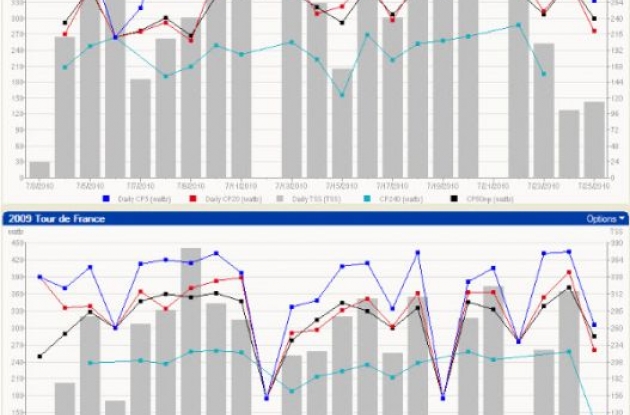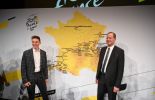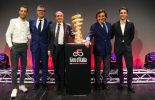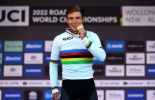Which was Harder, Tour de France 2010 or 2009?
In the 2010 Tour de France, we saw plenty of drama including crashes, cobbles, hills, and headbutts, as well as mechanical problems and controversial attacks. Some of the favorites left the race, and others saw their dreams of a podium finish fade away. As we look back on the overall outcome of this epic event, the question arises: as they head home for a much-needed rest, are the riders generally more or less exhausted than they were at this point last year? Which Tour de France was harder, 2010 or 2009?
Tour de France Review: Comparing Race Files for 2009 and 2010 from Team Saxo Bank's Chris Anker Sorensen
A rare view into what it takes to compete in the world's hardest bike race, by Dirk Friel
Team Saxo Bank's Chris Anker Sorensen recently completed his second Tour de France, and for the second year in a row he was a major contributing factor in the success of his teammate Andy Schleck, who placed 2nd overall. Chris has had a very successful season and continues to notch up impressive results despite suffering a broken collar bone just 7 weeks before the start of this year's Giro d'Italia. In fact, Chris went on to win stage 8 of the Italian tour by riding away solo from a long breakaway.
As in 2009 Chris was again recruited to ride the Tour de France in support of Andy Schleck, where he has proven to be a very valuable helper when the race heads into the crucial mountain stages. Chris plays a much-needed role within the Saxo Bank team as his duty is to be one of the final two Saxo Bank riders remaining alongside Andy Schleck when it gets tough in the mountains. Chris regularly sets a blistering pace which can only be matched by a handful of contenders. This strategy isolates the remaining elite team leaders and serves as a launch pad for Andy to attack from in the hopes of riding away from Alberto Contador.
Just like in 2009, Chris was gracious enough to share his daily SRM power files with TrainingPeaks and allow fans everywhere to download his actual power data. This is a rare view into exactly what it takes to complete the world's hardest bike race. However, in the case of Chris we not only get to see what it takes to finish the Tour de France, but in one particular stage we even get to see what it takes to beat the top riders as Chris did within the final 52km time trial.
Before you dive into the race files you should keep in mind a few important concepts. Cycling is a sport where an athlete's power to weight ratio is in almost direct relation to the finishing results. This is very evident when the road tilts upwards and the rider with the best sustainable power, and lower body weight, tends to win. This is commonly expressed as watts per kilogram of body weight (w/kg).
In the case of Chris he weighs 141lbs, or 64kg, and is just over 6ft tall. That is one slim cyclist and certainly a big key in his success as a successful pro cyclist. Chris also has the ability to crank out a lot of watts for a long period of time. This allows him to outlast the competition and be one of the last few riders to get dropped in the mountains.
So what are his actual numbers? Check out the stats below, listed for 2009 and then 2010:
Peak 5 minutes: 433w vs 462w
Peak 20 minutes: 388w vs 393w
Peak 4 hours: 259w vs 288w
Hardest Stage (highest TSS): 372 TSS (Stage 7) vs 370 TSS (Stage 17)
Easiest Stage (lowest TSS) : 127 TSS (Stage 21) vs 113 TSS (Stage 20)
TSS Total: 4,640 TSS vs 5,172 TSS
Those are impressive numbers! See how well you stack up: if you weigh 180lbs you'd have to ride at 499w for 20 minutes in order to be at Chris's level (oh, and do that in hour 5 of a long hard bike race). If you don't own a power meter head on down to your local gym and see if they have any stationary bikes which display watts. You can also inquire at sports medicine facilities and while you're there ask for a lactate threshold test to see how many watts you can pump out at lactate threshold. If you're Chris Anker Sørensen it would be in the neighborhood of 380w.
Read more in the full article to see numbers from several key stages of the race, including in the Tour de France time trial when Chris beat both Andy Schleck and Alberto Contador!
Want access to the same training log/training diary and training data analysis tools used by Chris Anker Sorensen, Andy Schleck, Fabian Cancellara and other Team Saxo Bank riders in the Tour de France and during the rest of the year? Sign up for your own Roadcycling.com training diary now here!








